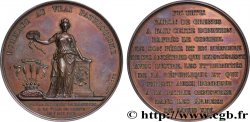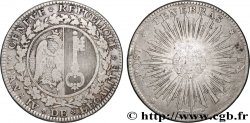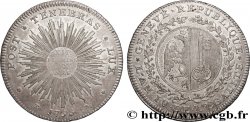fme_897816 - SVIZZERA - REPUBBLICA DE GINEVRA Médaille, Louis Le Fort, consul de Genève
120.00 €
Quantità
Aggiungi al carrello

Tipo : Médaille, Louis Le Fort, consul de Genève
Data: 1734
Nome della officina / città: Suisse, Genève
Metallo : rame
Diametro : 54 mm
Asse di coniazione : 12 h.
Incisore DASSIER Jean (1676-1763)
Peso : 84,43 g.
Orlo : lisse
Marchio : sans poinçon
Commenti sullo stato di conservazione:
Patine hétérogène, présentant de l’usure sur les reliefs et un reste de rouge de frappe autour des reliefs. Présence de coups et rayure
N° nelle opere di riferimento :
Diritto
Titolatura diritto : LUD. LE FORT REIP. GENEV. CONSUL. PRIMAR.ANN. 1734. AE. T. 66.
Descrittivo diritto : Buste de trois quart face de Louis Le Fort, signé : I. DASSIER F.
Rovescio
Titolatura rovescio : DEI - NUMINE // JURA CIVIUM ASSERTA / ANNO 1734 (À L’EXERGUE).
Descrittivo rovescio : Allégorie de la ville assise et accoudée sur les armes de la ville, face à elle quatre génies incarnant le commerce, l'art, la science et la force. Signé : I. D.
Commento
Le syndicat à Genève était un élu, détenteur d'une partie du pouvoir exécutif durant l'Ancien régime. La fonction de syndic apparaît avec le mouvement communal au milieu du XIIIe siècle lorsque les marchands et artisans se regroupent pour lutter contre la puissance seigneuriale de l’évêque de Genève. En 1309, l’évêque Aymon de Quart doit reconnaître l’existence de la commune dont l’organisation de base est le Conseil général auquel participent les habitants et qui élit les syndics. Plus tard, ils seront nommés par le Conseil des Deux-Cents.
Cette organisation disparaîtra en décembre 1792 dans les troubles provoqués par la Révolution française mais sera restaurée au XIXe siècle.
The union in Geneva was an elected body, holding part of the executive power during the Ancien Régime. The function of syndic appeared with the communal movement in the mid-13th century when merchants and artisans grouped together to fight against the seigniorial power of the Bishop of Geneva. In 1309, Bishop Aymon de Quart had to recognize the existence of the commune, whose basic organization was the General Council, in which the inhabitants participated and which elected the syndics. Later, they would be appointed by the Council of Two Hundred. This organization would disappear in December 1792 in the unrest caused by the French Revolution but would be restored in the 19th century.
Cette organisation disparaîtra en décembre 1792 dans les troubles provoqués par la Révolution française mais sera restaurée au XIXe siècle.
The union in Geneva was an elected body, holding part of the executive power during the Ancien Régime. The function of syndic appeared with the communal movement in the mid-13th century when merchants and artisans grouped together to fight against the seigniorial power of the Bishop of Geneva. In 1309, Bishop Aymon de Quart had to recognize the existence of the commune, whose basic organization was the General Council, in which the inhabitants participated and which elected the syndics. Later, they would be appointed by the Council of Two Hundred. This organization would disappear in December 1792 in the unrest caused by the French Revolution but would be restored in the 19th century.







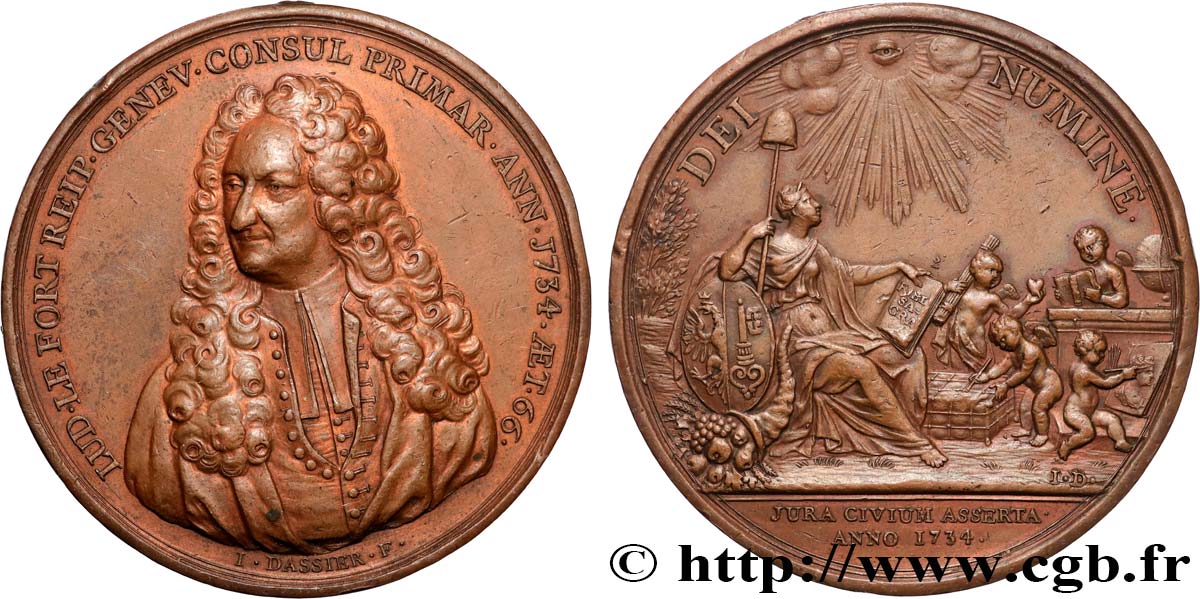
 Segnalare un errore
Segnalare un errore Stampate la pagina
Stampate la pagina Condividi mia selezione
Condividi mia selezione Fai una domanda
Fai una domanda Consegnare / vendere
Consegnare / vendere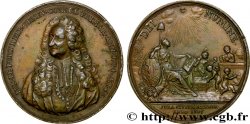
 Descrittivo
Descrittivo